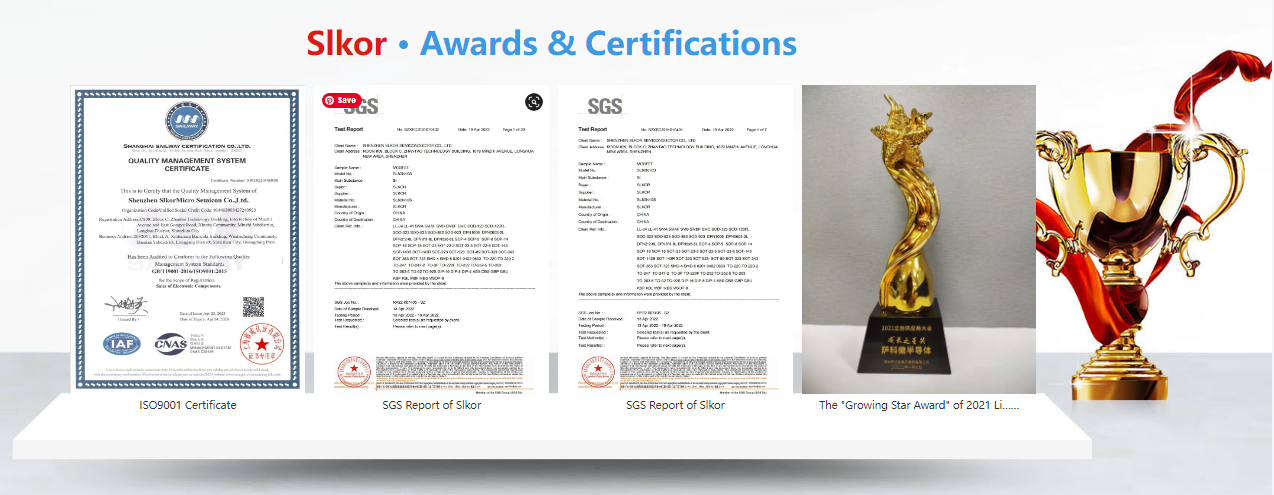Unidirectional thyristors, commonly known as Silicon Controlled Rectifiers (
SCRs), play a crucial role in modern electronics and power systems due to their ability to control large currents with high efficiency. In this article, we will delve into various aspects of unidirectional thyristors, from their operational principles to their applications and beyond.
Operational Principles of Unidirectional Thyristors
Unidirectional thyristors, or
SCRs, are semiconductor devices that conduct current only in one direction. They consist of four layers of alternating P-type and N-type materials, forming a three-terminal device with an anode, a cathode, and a gate.
Working Principle
The operation of a unidirectional thyristor is based on the control of the gate terminal. Under normal conditions, the thyristor remains in a non-conducting state, where the anode-to-cathode current is below a specific threshold known as the holding current. Upon application of a small current pulse to the gate terminal, the thyristor enters a conductive state, allowing current to flow from the anode to the cathode. Once triggered into conduction, the thyristor remains in the conducting state even after the gate current is removed, until the anode-to-cathode voltage drops below a certain level, typically zero during a part of the AC cycle.
Types and Models of Unidirectional Thyristors
Unidirectional thyristors come in various models and specifications tailored to different voltage and current ratings. Some popular models include the
SCR-1N1198,
SCR-2N5064, and
SCR-TYN612, each designed for specific applications ranging from low-power control circuits to high-power industrial systems.
Triggering Circuits for Unidirectional Thyristors
The triggering circuit for an
SCR is crucial in controlling its conduction. It typically involves generating a short pulse at the gate terminal to initiate conduction. Common triggering methods include pulse transformers, RC triggering circuits, and optocouplers, each chosen based on the application's requirements for reliability and response time.
Applications of Unidirectional Thyristors
Unidirectional thyristors find extensive use in various applications due to their robustness and efficiency in switching high currents. Some notable applications include:
-
Power Control: SCRs are commonly used in phase control circuits for adjusting the amount of power delivered to resistive loads such as heaters and lamps.
-
Motor Control: In conjunction with diodes and other control components, SCRs are employed in speed control circuits for AC motors.
-
Rectification: Unidirectional thyristors are used in rectifier circuits to convert AC voltage to DC voltage efficiently.
High-Power Requirements and Parallel Connection
For applications requiring high power handling capabilities, such as industrial motor drives and large-scale power supplies,
SCRs designed for high current ratings are essential. Additionally, in some scenarios, multiple
SCRs can be connected in parallel to meet higher current demands while ensuring reliability and redundancy in critical systems.
Measurement Methods for Unidirectional Thyristors
Measuring the performance and characteristics of
SCRs involves various parameters such as forward voltage drop, holding current, and gate trigger voltage. Techniques like curve tracing and dynamic testing using specialized equipment are employed to ensure
SCRs meet specified operational requirements in different environments and load conditions.
Diagrammatic Representation of Unidirectional Thyristors
Visual representations or schematic diagrams of unidirectional thyristors illustrate their internal structure and connection methods in practical circuits. These diagrams help engineers and technicians understand the physical layout and connections required for integrating
SCRs into complex electronic and electrical systems.
Conclusion
Unidirectional thyristors, or
SCRs, are indispensable components in modern electronics and power systems. Their ability to control large currents and their robust operational characteristics make them ideal for applications ranging from simple lamp dimmers to complex industrial motor drives.
Understanding their principles of operation, choosing the right model for specific applications, and implementing appropriate triggering and measurement techniques are essential for maximizing their efficiency and reliability in diverse technological applications. As technology advances, the role of unidirectional thyristors continues to expand, driving innovations across various industries and ensuring efficient energy management and control.
In conclusion, the evolution and adaptation of unidirectional thyristors underscore their significance in shaping the future of power electronics and industrial automation, paving the way for smarter and more efficient systems worldwide.










